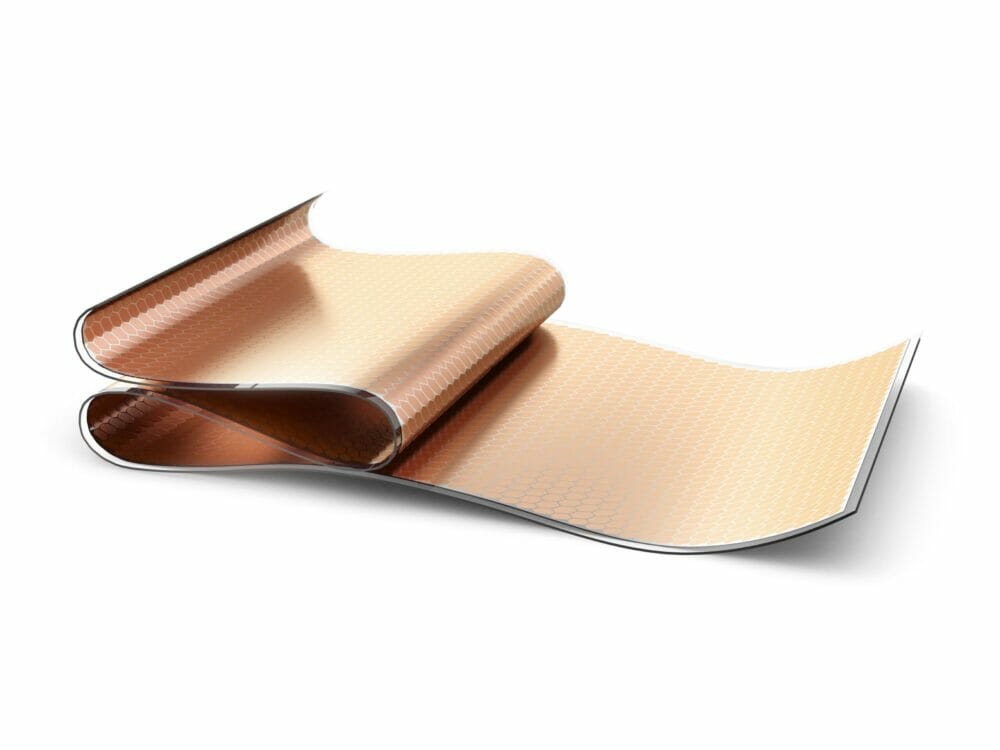~ NextGen Nano uses a more cost-effective electrode material alternative for its organic solar cells ~
Nanotechnology specialist NextGen Nano has developed a new generation of organic solar cells (OSCs) using substrates based on fluorine-doped tin oxide (FTO). After completing process optimisation and optimising designs for large-volume manufacturing, NextGen Nano developed devices with efficiencies exceeding ten per cent. These devices are now being trialled with a global glass and glazing system manufacturer.
In modern OSC technology, indium tin oxide is often used as the transparent electrode material, typically placed on the front surface of the device, allowing light to pass through while simultaneously enabling the extraction of generated electric charge carriers. However, the current price of indium is prohibitively high because of a global shortage in supply. NextGen Nano has therefore sourced fluorine-tin-oxide glass as a low-cost alternative to be used as the transparent electrode.
Through process optimisation, NextGen Nano’s solar team has achieved a power conversion efficiency (PCE) exceeding ten per cent for large-area devices using FTO substrates.
As part of this optimisation, the team first replaced the conventional spin-coating technique for large-area film-coating of the organic solvent, Xylene, with a bar coating technique. This has allowed for a more uniform coating over a large area of the substrate, resulting in more uniform material properties, such as optical and electrical throughout the coated surface.
Thanks to this more uniform coating of the solvent, the team can now use the doctor blade (DB) coating technique to deposit different layers of material with good homogeneity over a large area. These layers include the electron transport layer (ETL), which facilitates the extraction and transport of electrons generated by light absorption as well as the active layer, where light absorption and charge generation take place.
“We are currently concentrating on carrying out further optimisation over a range of methods to achieve a more uniform film with reduced losses in devices and improved performance on an even larger area,’’ explained Professor Franky So, chief technology officer at Nextgen Nano ‘‘We aim to provide our partner with high-efficiency, scalable devices next year, hand-in-hand with achieving an efficiency of 15 per cent.”
OSCs offer advantages over traditional inorganic cells. They are flexible and lightweight, allowing them to be implemented into applications such as wearable devices, curved surfaces and portable electronics. OSCs can also be manufactured at a lower cost using solution-based techniques like printing and coating. With the use of organic materials, they eliminate the need for hazardous elements like silicon cadmium and lead, making them more environmentally friendly and easier to recycle.
However, OSCs currently have lower efficiencies compared to inorganic cells, which generally range from between 15 and 25 per cent. Ongoing research, like that being conducted at NextGen Nano, aims to improve efficiency and stability. Pairing the benefits of organic cells with PCEs that are comparable to traditional solar cells will facilitate their adoption, bringing more affordable and environmentally friendly solar power solutions to the market.
Nextgen Nano’s organic solar cells have attracted significant attention for photovoltaic (PV) applications due to their special merits of intrinsic flexibility, lightweight, high throughput large-area printing, and low-cost and non-toxic raw materials. Find out more here https://nextgen-nano.co.uk







